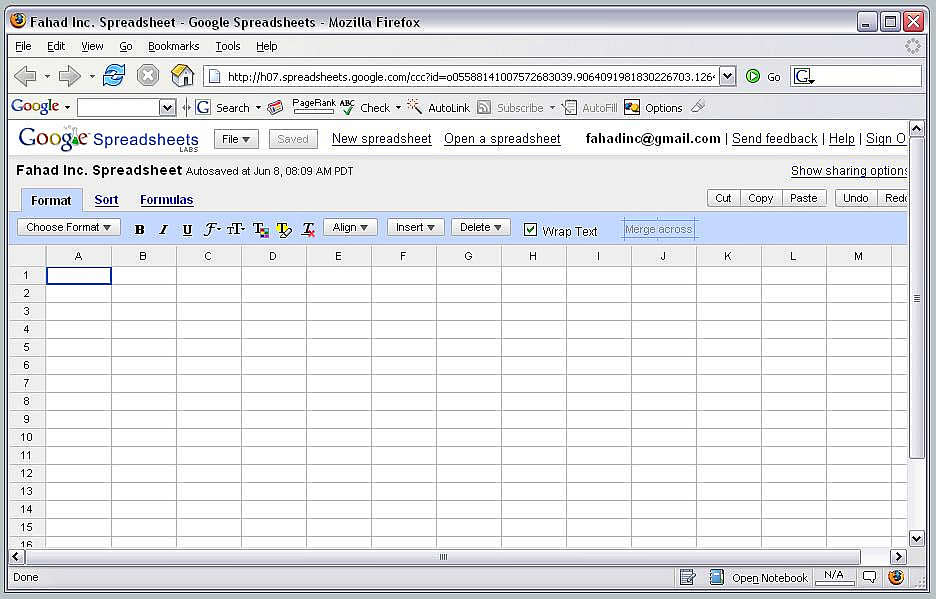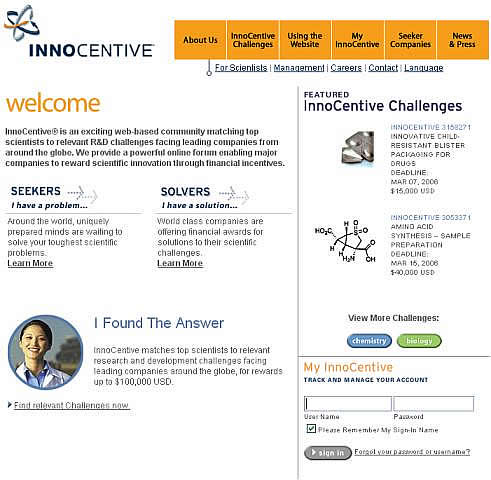Chapter Overview:
This chapter discusses how journalists should use technology to effectively manage data and gather information.
Data Management
Data should be easy to access and sort. This can be achieved through the use of spreadsheets using as many fields as possible to capture the data. The data can even be entered directly into the spreadsheet in real time using a laptop.

For news organizations to work efficiently, the information in the databases should be shared and accessible to the staff. This allows for a more efficient use of resources by avoiding duplication of efforts among staff members.
News coverage can also be formatted into sections that can then be converted into a database. Section headings can be titled, “’What happened,” “What it means,” and “What’s next.”
Information Gathering
Crowdsourcing is a term referring to the use of individuals from the community to expand on the available information. In crowdsourcing, there is a continuous production of information. Examples include Wikipedia and Proctor & Gamble’s website, InnoCentive, which pays scientists that are able to resolve company problems.

Distributed, collaborative, or open-source reporting refers to the new way of reporting news by having the readers contribute information for the story. The information sought from the readers is very specific and with a fixed time expectancy. For example, asking readers to identify locations offering free Internet access within a specific geographical area.
Allowing readers to participate in the process of reporting the news can give a news organization a competitive edge by building customer loyalty.
Journalists can become more efficient by embracing technology in the management of data and information.
~All information taken from "Journalism 2.0"
~Pictures From google.com